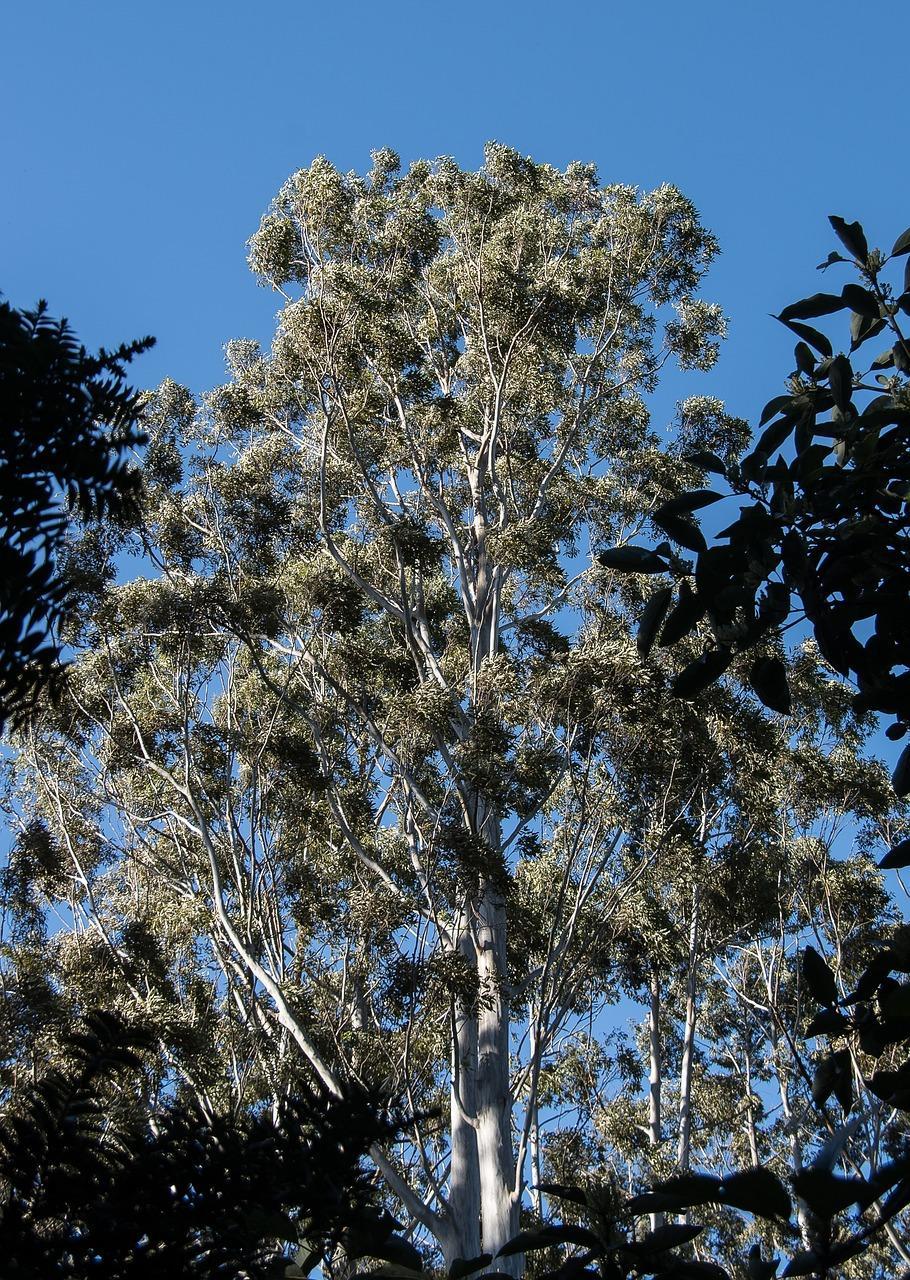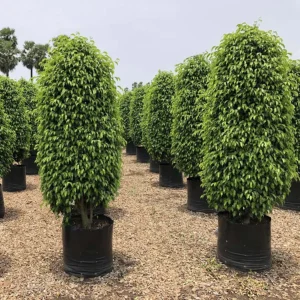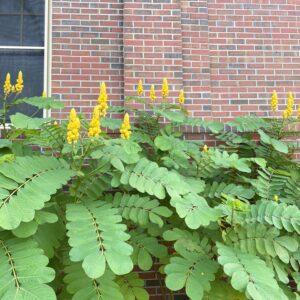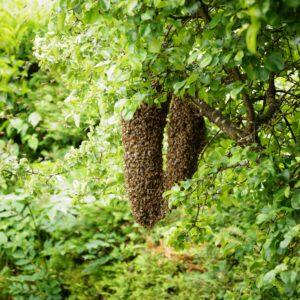Eucalyptus Safeda “🌳🌿The Towering Timber Giant
The Eucalyptus Safeda, also known as the Forest Red Gum or White Eucalyptus, is a tall, evergreen tree widely grown in tropical and subtropical regions for its medicinal value, rapid growth, and strong, durable wood. It belongs to the Myrtaceae family and is native to Australia, but has adapted very well to South Asian climates, especially in Pakistan, India, and Bangladesh.
Safeda is not only used for commercial plantations but also as a roadside tree, windbreaker, and shade provider due to its resilience and minimal maintenance.
🌿 Botanical Overview
Botanical name: Eucalyptus tereticornis
Common names: Eucalyptus Safeda, White Eucalyptus, Forest Red Gum
Family: Myrtaceae
Type: Evergreen tree
Height: 40–60 meters in optimal conditions
Trunk: Tall, straight, with peeling white-grey bark
Leaves: Long, narrow, lance-shaped, aromatic when crushed
Flowers: Small white flowers in clusters, nectar-rich
Lifespan: Can live for 40–100 years
☀️ Climate and Temperature Requirements
Climate: Thrives in tropical to subtropical climates
Temperature tolerance:
Optimum: 20°C to 35°C
Can tolerate up to 45°C
Sensitive to prolonged frost
Sunlight: Requires full sun for at least 6–8 hours daily
☀️ More sun ensures faster growth and better oil production.
🌱 Soil Requirements
Type: Prefers well-drained sandy loam or red loamy soil
Drainage: Avoid heavy clay or waterlogged soils
pH range: Slightly acidic to neutral (5.5–7.5)
🌿 Though drought-tolerant once established, initial planting thrives with rich, loose soil.
💧 Watering Routine
Young saplings:
Water 2–3 times per week for the first year
Maintain moist soil but do not overwater
Mature trees:
Require minimal watering, especially after root system is deep
Water only in prolonged dry periods
💧 Drought-tolerant and can survive on natural rainfall once mature.
🌾 Fertilization and Mulching
Fertilizer:
Apply farmyard manure (FYM) or compost during planting
Use NPK (10-10-10) fertilizer once in early spring if growing commercially
Usually doesn’t require heavy fertilization
Mulching:
Apply organic mulch around the base to retain moisture and suppress weeds in the first year
🌱 Once established, the tree maintains itself well with very low inputs.
✂️ Pruning and Maintenance
Initial pruning:
Remove lower branches to promote a clean, straight trunk for timber use
Ongoing pruning:
Remove damaged, diseased, or overcrowded branches
🪓 Regular pruning during early years enhances wood quality and uniform growth.
🌿 Propagation Methods
Seeds (primary method):
Collect mature capsules from the tree
Dry and extract seeds; sow in trays with sandy-loam mix
Germination in 7–14 days under warm, moist conditions
Root suckers and tissue culture used in commercial plantations
🌱 Transplant seedlings at 4–6 weeks old when they reach 10–15 cm in height.
🐛 Pests and Diseases
Though relatively hardy, it may face:
Pests:
Termites (especially in poor soils)
Gall wasps
Psyllids (sap-sucking pests)
Diseases:
Root rot in poorly drained soils
Leaf blight in highly humid conditions
🛡️ Apply neem oil or biological pest control. Avoid overwatering to prevent fungal issues.
🌿 Uses and Benefits
Timber: Durable, used in construction, furniture, railway sleepers
Fuelwood: Burns well, commonly used as firewood
Essential oil: Leaves contain cineole, used in medicinal oils and balms
Shade tree: Planted on roadsides, farm boundaries, and urban parks
Windbreak: Excellent for protecting crops and reducing soil erosion
🌬️ Its fast-growing nature makes it a top choice for afforestation and reforestation programs.
⚠️ Precautions and Environmental Impact
Allelopathic effects: Safeda releases chemicals that may suppress nearby plant growth (not ideal for mixed farming)
High water consumption: Should not be planted near crop fields, wells, or irrigation canals
Invasive potential: Can spread aggressively and dominate ecosystems if not managed
🚫 Avoid planting in wetlands or ecological reserves unless controlled.
✅ Conclusion
The Eucalyptus Safeda Tree is a hardy, fast-growing, and highly economical tree ideal for timber, firewood, and essential oil production. With minimal care, it can provide dense shade, serve as a windbreak, and regenerate degraded lands. However, due to its allelopathic and water-consuming nature, thoughtful planting is essential for sustainable use.
“





Reviews
There are no reviews yet.